20 completely untrue science myths
Nathan Johnson
Published
05/03/2017
in
facepalm
It’s time to put these imposters to bed once and for all.
- List View
- Player View
- Grid View
Advertisement
-
1.
 If you “break the seal” you’ll be peeing more all night. Alcohol is already going to make you pee more, since it’s a diuretic. “Breaking the seal” doesn’t mean you’ll increase the amount of times you have to go to the bathroom, but drinking more alcohol will.
If you “break the seal” you’ll be peeing more all night. Alcohol is already going to make you pee more, since it’s a diuretic. “Breaking the seal” doesn’t mean you’ll increase the amount of times you have to go to the bathroom, but drinking more alcohol will. -
2.
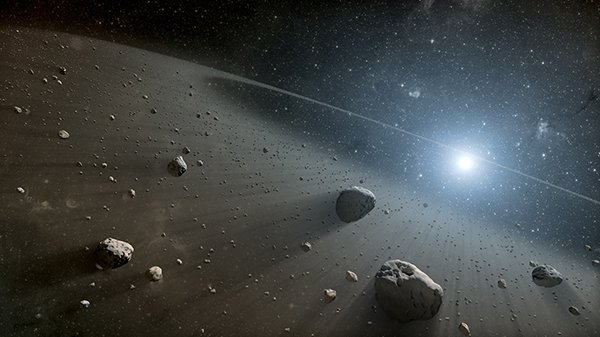 The Asteroid Belt is dangerous. The image we have in our head (thanks to movies) of a dense field of tumbling rocks does not exist. The Asteroid Belt is a zone between 200 and 300 million miles from the sun that is basically an incredibly desolate nothingness. If you pulled all of the asteroids together they’d only weigh about 4% the mass of our moon. That’s why NASA makes such a big deal about even just one asteroid colliding with another.
The Asteroid Belt is dangerous. The image we have in our head (thanks to movies) of a dense field of tumbling rocks does not exist. The Asteroid Belt is a zone between 200 and 300 million miles from the sun that is basically an incredibly desolate nothingness. If you pulled all of the asteroids together they’d only weigh about 4% the mass of our moon. That’s why NASA makes such a big deal about even just one asteroid colliding with another. -
3.
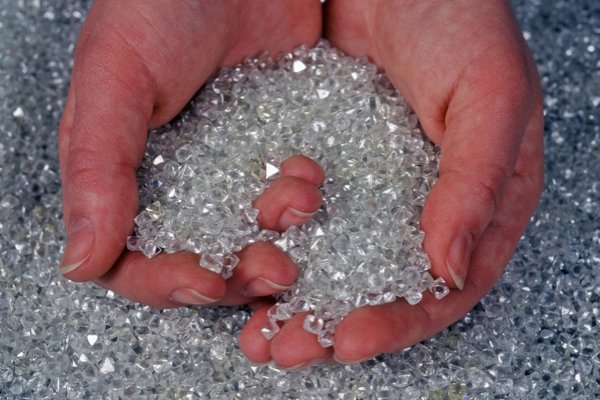 Diamonds come from coal. Most diamonds are made from carbon that is compressed and heated 90 miles below Earth’s surface. Coal can be found about 2 miles down.
Diamonds come from coal. Most diamonds are made from carbon that is compressed and heated 90 miles below Earth’s surface. Coal can be found about 2 miles down. -
4.
 Eating chocolate will give you acne. Scientists researched this myth by giving dozens of people candy bars with ten times the average amount of chocolate usually included, and dozens of other people were given fake chocolate bars.
Eating chocolate will give you acne. Scientists researched this myth by giving dozens of people candy bars with ten times the average amount of chocolate usually included, and dozens of other people were given fake chocolate bars. -
5.
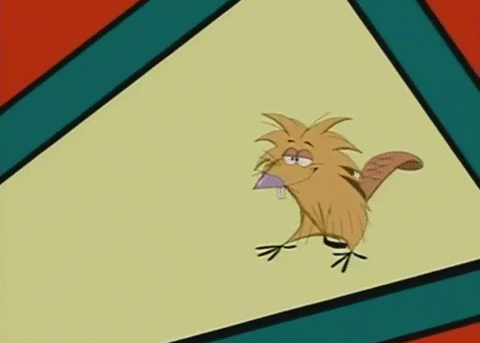 There are beaver butt secretions in your vanilla ice cream. You’ve probably read about castoreum, which is a secretion from the anal gland of a beaver and is used in certain flavorings… such as vanilla. However, castoreum is so expensive (like $70 per pound expensive) that it probably never shows up in your food. Plus, in 2011 the Vegetarian Resource Group wrote to five major companies who produce vanilla flavoring, and all of them said they were not allowed to use castoreum. So relax, there are no beaver glands in your sundaes.
There are beaver butt secretions in your vanilla ice cream. You’ve probably read about castoreum, which is a secretion from the anal gland of a beaver and is used in certain flavorings… such as vanilla. However, castoreum is so expensive (like $70 per pound expensive) that it probably never shows up in your food. Plus, in 2011 the Vegetarian Resource Group wrote to five major companies who produce vanilla flavoring, and all of them said they were not allowed to use castoreum. So relax, there are no beaver glands in your sundaes. -
6.
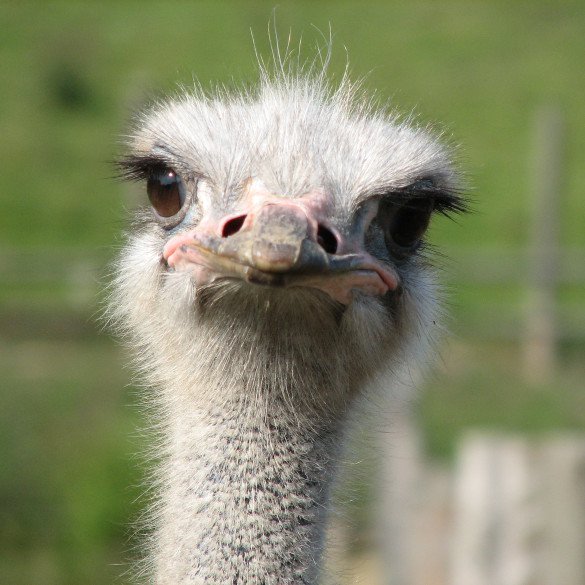 Ostriches hide by shoving their heads in the sand. The only thing that ostriches do when they feel threatened is flop on the ground and play dead.
Ostriches hide by shoving their heads in the sand. The only thing that ostriches do when they feel threatened is flop on the ground and play dead. -
7.
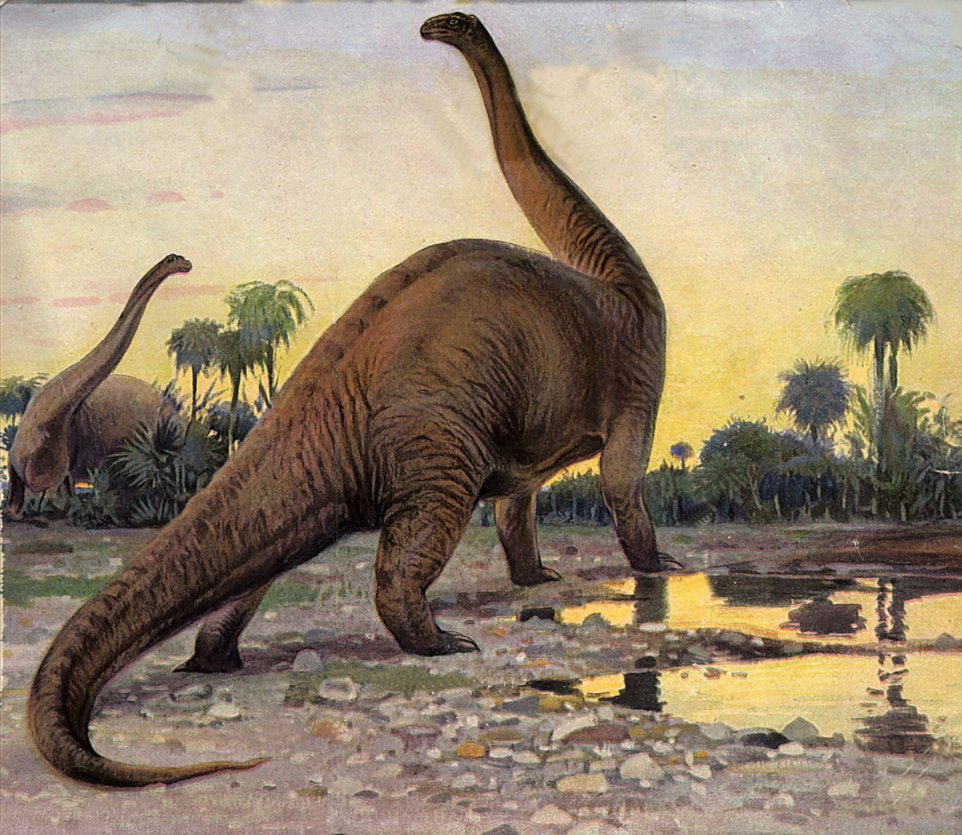 This is a Brontosaurus. This is not a Brontosaurus, no matter what Jurassic Park leads you to believe. It’s actually called the Apatosaurus, and the myth started about 130 years ago during a feud between two rival paleontologists.
This is a Brontosaurus. This is not a Brontosaurus, no matter what Jurassic Park leads you to believe. It’s actually called the Apatosaurus, and the myth started about 130 years ago during a feud between two rival paleontologists. -
8.
 You lose 90% of your body heat through your head. Nope, not really. The only reason it appears so is because you lose body heat through anything that’s not covered… and your head is the most likely part of your body to be exposed. “Most of the time when we’re outside in the cold, we’re clothed,” Dr. Richard Ingebretsen told WebMD Magazine. “If you don’t have a hat on, you lose heat through your head, just as you would lose heat through your legs if you were wearing shorts.”
You lose 90% of your body heat through your head. Nope, not really. The only reason it appears so is because you lose body heat through anything that’s not covered… and your head is the most likely part of your body to be exposed. “Most of the time when we’re outside in the cold, we’re clothed,” Dr. Richard Ingebretsen told WebMD Magazine. “If you don’t have a hat on, you lose heat through your head, just as you would lose heat through your legs if you were wearing shorts.” -
9.
 Summer is warm because you are closer to the sun. It’s actually warmer in the summer because Earth is tilted. During the year-long orbit, our planet’s tilt is what allows the sun’s energy to reach us more directly.
Summer is warm because you are closer to the sun. It’s actually warmer in the summer because Earth is tilted. During the year-long orbit, our planet’s tilt is what allows the sun’s energy to reach us more directly. -
10.
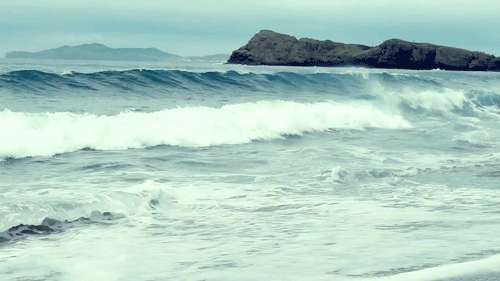 The moon’s gravity pulling on water causes the tides. Well, it’s half true. On the side of the Earth facing the moon, the moon’s gravity does actually pull water toward it, causing the tides. On the other side, gravity is weaker and it’s the inertia of water from the Earth’s rotations that we have to thank. The fact that we’re spinning at about 1,040 mph causes the ocean water to fling into a slight bulge, which we call the tide.
The moon’s gravity pulling on water causes the tides. Well, it’s half true. On the side of the Earth facing the moon, the moon’s gravity does actually pull water toward it, causing the tides. On the other side, gravity is weaker and it’s the inertia of water from the Earth’s rotations that we have to thank. The fact that we’re spinning at about 1,040 mph causes the ocean water to fling into a slight bulge, which we call the tide. -
11.
 Sugar is just as addictive as heroin. In 2009 author Dr. Robert Lustig claimed that sugar stimulates the brain’s reward system in the same way that tobacco, cocaine and even heroin does. However, his research was flawed. He cited a study that show parts of our brains that light up from a sugary snack are the same parts that light up for other fun activities like sex and drinking. The problem is that scientists still don’t really know what addiction looks like in the brain, so the comparison isn’t accurate.
Sugar is just as addictive as heroin. In 2009 author Dr. Robert Lustig claimed that sugar stimulates the brain’s reward system in the same way that tobacco, cocaine and even heroin does. However, his research was flawed. He cited a study that show parts of our brains that light up from a sugary snack are the same parts that light up for other fun activities like sex and drinking. The problem is that scientists still don’t really know what addiction looks like in the brain, so the comparison isn’t accurate. -
12.
 Water conducts electricity. The reason we get shocked while standing in electrified water isn’t because of the water itself, but because of the contamination inside of it. The minerals, dirt and other things found in non-distilled water is what will conduct electricity.
Water conducts electricity. The reason we get shocked while standing in electrified water isn’t because of the water itself, but because of the contamination inside of it. The minerals, dirt and other things found in non-distilled water is what will conduct electricity. -
13.
 Giraffes sleep for only 30 minutes a day. Their sleeping patterns are actually pretty normal. Researchers closely monitored a herd of five adults and three young giraffes for 152 days. They counted all of their naps and deep sleeps, which totaled about 4.6 hours a day. They liked to sleep overnight and then have a nap in the afternoon. Weird, right?
Giraffes sleep for only 30 minutes a day. Their sleeping patterns are actually pretty normal. Researchers closely monitored a herd of five adults and three young giraffes for 152 days. They counted all of their naps and deep sleeps, which totaled about 4.6 hours a day. They liked to sleep overnight and then have a nap in the afternoon. Weird, right? -
14.
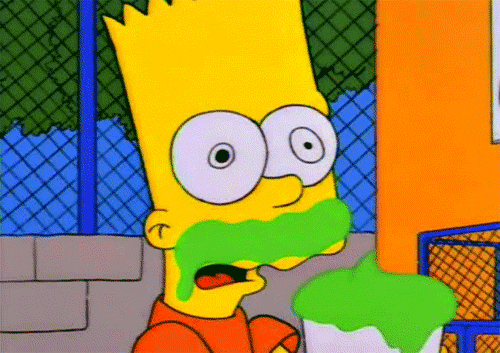 Sugar makes kids hyper. Scientists have tried and failed several times to find any connection between hyperactivity and sugar. It probably became a belief in 1974 when Dr. William Crook wrote a letter to the American Acadamy of Pediatrics. He said “Only in the past three years have I become aware that sugar… is a leading cause of hyperactivity. However, according to the National Institute of Mental Health: “The idea that refined sugar causes ADHD or makes symptoms worse is popular, but more research discounts this theory than supports it.”
Sugar makes kids hyper. Scientists have tried and failed several times to find any connection between hyperactivity and sugar. It probably became a belief in 1974 when Dr. William Crook wrote a letter to the American Acadamy of Pediatrics. He said “Only in the past three years have I become aware that sugar… is a leading cause of hyperactivity. However, according to the National Institute of Mental Health: “The idea that refined sugar causes ADHD or makes symptoms worse is popular, but more research discounts this theory than supports it.” -
15.
 Drugs make “holes” in your brain. Drugs aren’t good for your brain, but they won’t create holes. They can however significantly alter the structure of your brain and disrupt its function. None of them will give your brain a Swiss cheese makeover.
Drugs make “holes” in your brain. Drugs aren’t good for your brain, but they won’t create holes. They can however significantly alter the structure of your brain and disrupt its function. None of them will give your brain a Swiss cheese makeover. -
16.
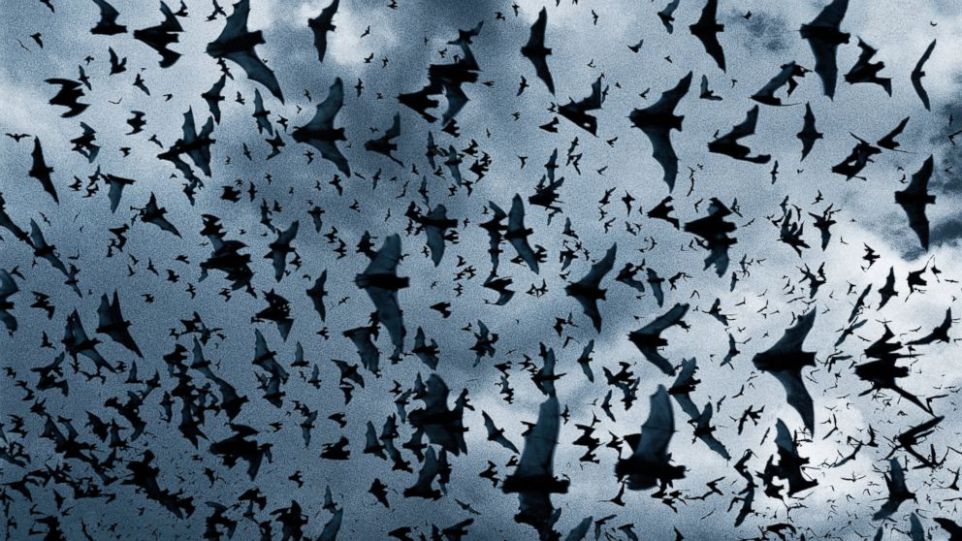 Bats are blind. No, this is wrong. Bats can see. A lot of them use echolocation to navigate, but all of them still have their vision.
Bats are blind. No, this is wrong. Bats can see. A lot of them use echolocation to navigate, but all of them still have their vision. -
17.
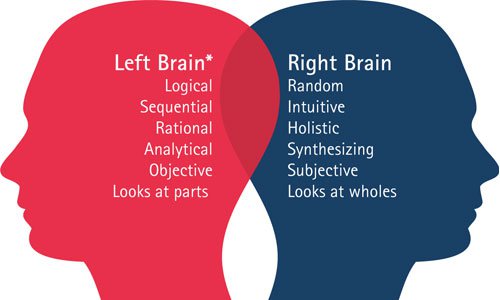 “Left-brained” people are creative, while “right-brained” people are analytical. This age-old tale is false. Although it’s true that different hemispheres in the brain are more involved in certain tasks (for example, the left side is dominant in language), studies have never concluded there is an overall brain-side dominance in people.
“Left-brained” people are creative, while “right-brained” people are analytical. This age-old tale is false. Although it’s true that different hemispheres in the brain are more involved in certain tasks (for example, the left side is dominant in language), studies have never concluded there is an overall brain-side dominance in people. -
18.
 Dogs and cats are colorblind. both dogs and cats can see in blue and green, and they also have more light-sensing cells (AKA rods) in their eyes so they can see better in low light. However, each animal sees color differently than humans, which is probably why this myth started. Reds and pinks may come off as greener to cats, while purple might just look like another shade of blue.
Dogs and cats are colorblind. both dogs and cats can see in blue and green, and they also have more light-sensing cells (AKA rods) in their eyes so they can see better in low light. However, each animal sees color differently than humans, which is probably why this myth started. Reds and pinks may come off as greener to cats, while purple might just look like another shade of blue. -
19.
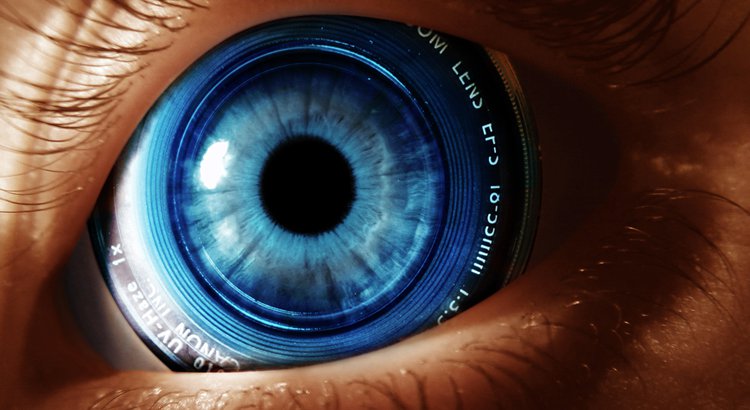 Some people have photographic memories. This actually doesn’t exist— although people can have really, really good memories. Even those with exceptional or autobiographic memories can’t recall visual details precise enough to be like that of a film or camera sensor.
Some people have photographic memories. This actually doesn’t exist— although people can have really, really good memories. Even those with exceptional or autobiographic memories can’t recall visual details precise enough to be like that of a film or camera sensor. -
20.
 Blonde and red hair colors are going extinct. No, they’re not. Genes hardly ever actually die out, and recessive genes, like the ones needed for blonde and red hair, can be carried for generations without ever showing themselves. In fact, as much as 40% of some populations carry the gene for red hair. All it takes for a good chance of red or blonde hair is two people with the right recessive genes to have a baby. They don’t even have to have the hair color themselves.
Blonde and red hair colors are going extinct. No, they’re not. Genes hardly ever actually die out, and recessive genes, like the ones needed for blonde and red hair, can be carried for generations without ever showing themselves. In fact, as much as 40% of some populations carry the gene for red hair. All it takes for a good chance of red or blonde hair is two people with the right recessive genes to have a baby. They don’t even have to have the hair color themselves.
- REPLAY GALLERY
-

- 20 completely untrue science myths
- NEXT GALLERY
-

- Disney Plans On Destroying More Of Their Classics
If you “break the seal” you’ll be peeing more all night. Alcohol is already going to make you pee more, since it’s a diuretic. “Breaking the seal” doesn’t mean you’ll increase the amount of times you have to go to the bathroom, but drinking more alcohol will.
20/20
1/20
Categories:
Facepalm







1 Comments